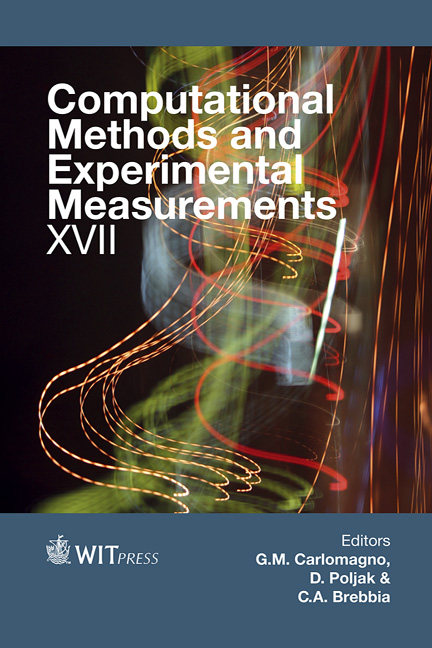Control Of The Objects With A Single Output And With Two Or More Input Channels Of Influence
Price
Free (open access)
Transaction
Volume
59
Pages
12
Page Range
145 - 156
Published
2015
Size
472 kb
Paper DOI
10.2495/CMEM150131
Copyright
WIT Press
Author(s)
V. A. Zhmud, O. D. Yadrishnikov, V. M. Semibalamut
Abstract
The control of dynamic objects inside the locked loop with negative feedback is now widely used in automation and robotics. This ensures greater precision under the action of uncontrolled disturbances. Usually, for controlling the single output value of the object only one input action on the object is sufficient. But there are cases where it is advisable to apply two or more feedback control actions to the object for a single output value controlling. Such a case occurs when the structure of the mathematical model of the object allow the influence to the output value in different ways, every of which corresponds to different mathematical models. Each of these models has their own speed limits on the maximum value of the actions of limited frequency band, and so on. Joint use of the multiple control channels can simultaneously provide both high speed control and a large range of controlled changes in the output value of the object. This requires the use of multiple regulators, jointly acting on the object. Coordination of dynamic and static properties of these regulators has been discussed theoretically using transfer functions. But it does not take into account such a limitation of the control channels of the object as a dynamic non-linearity. This article discusses these limitations one of the channels. It uses mathematical modeling for transient processes and to optimize the regulators. Advantages of using this method are investigated by examples. It is for the first time in this paper that the mathematical modeling and numerical optimization for finding the best values of the coefficients of the various regulators in such a structure were used. The simulation showed the advantages of this method and its limitations for use. The paper is illustrated with the graphs obtained transient processes in the locked system.
Keywords
control, feedback, automation, regulator, quality of control, accuracy





